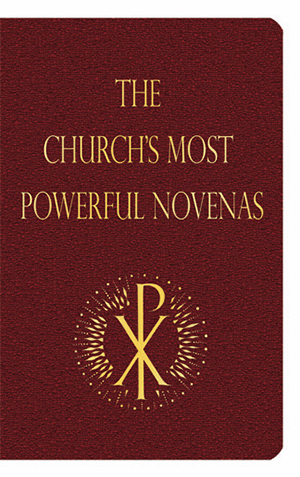Since the time of early Christianity, there have been forms
of prayer that use breathing as a cadence for prayer. The Jesus
Prayer and the Rosary, along with various forms of contemplative
prayer, are all variations of this type of prayer. The real prayer
behind all of these methods is the prayer of surrender: “Into
your hands I commend my spirit.” This was the prayer that Jesus
prayed to the Father from the cross.
Though confession alone does not remove the temporal penalty
of sin, healing still is possible by God’s grace. Prayer, reading the
Scripture, giving alms, doing good works all are acts that have
had indulgences attached to them by the Church. By obtaining
an indulgence, the Christian receives healing from the temporal
penalty of even the gravest sins, reducing or eliminating altogether
the time of purification needed in purgatory (CCC 1471).
Ideally, the Christian is motivated to perform these spiritual
exercises not from fear of punishment but out of love for God.
As we read in the preceding passage, St. Paul tells the Ephesians
to offer themselves as a spiritual sacrifice with Christ, who has
paid the debt of our sins. Seeing Christ on the cross and meditating
on his love for us should help us to understand how much
God loves
-The Power of the Cross by Michael Dubruiel






